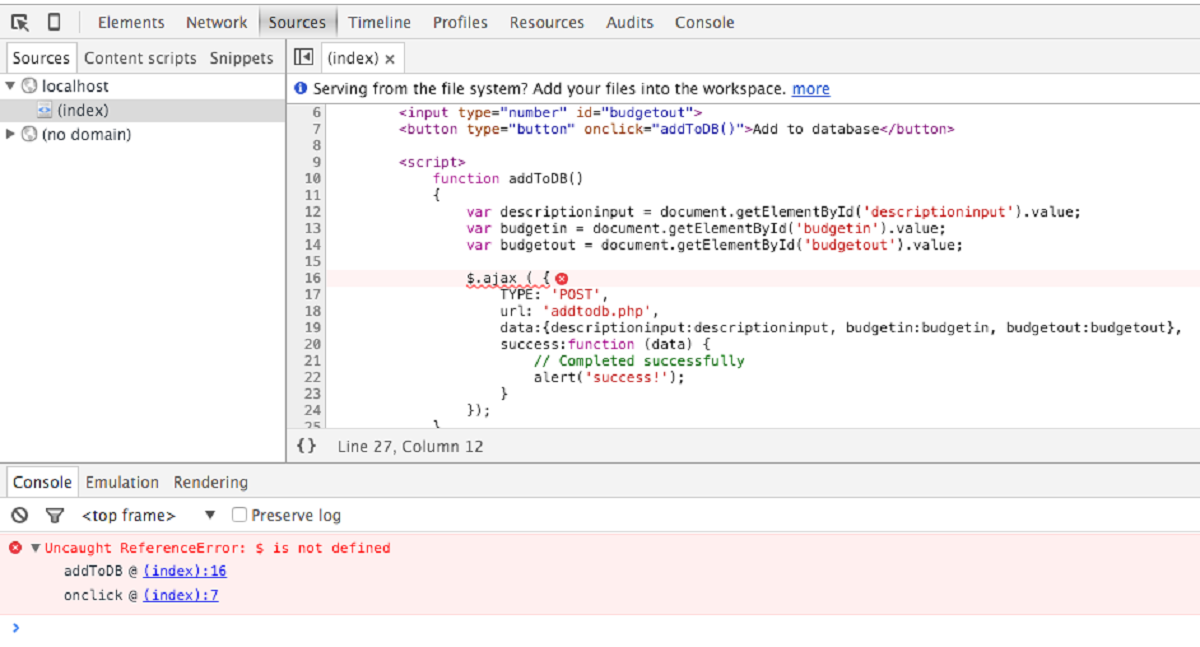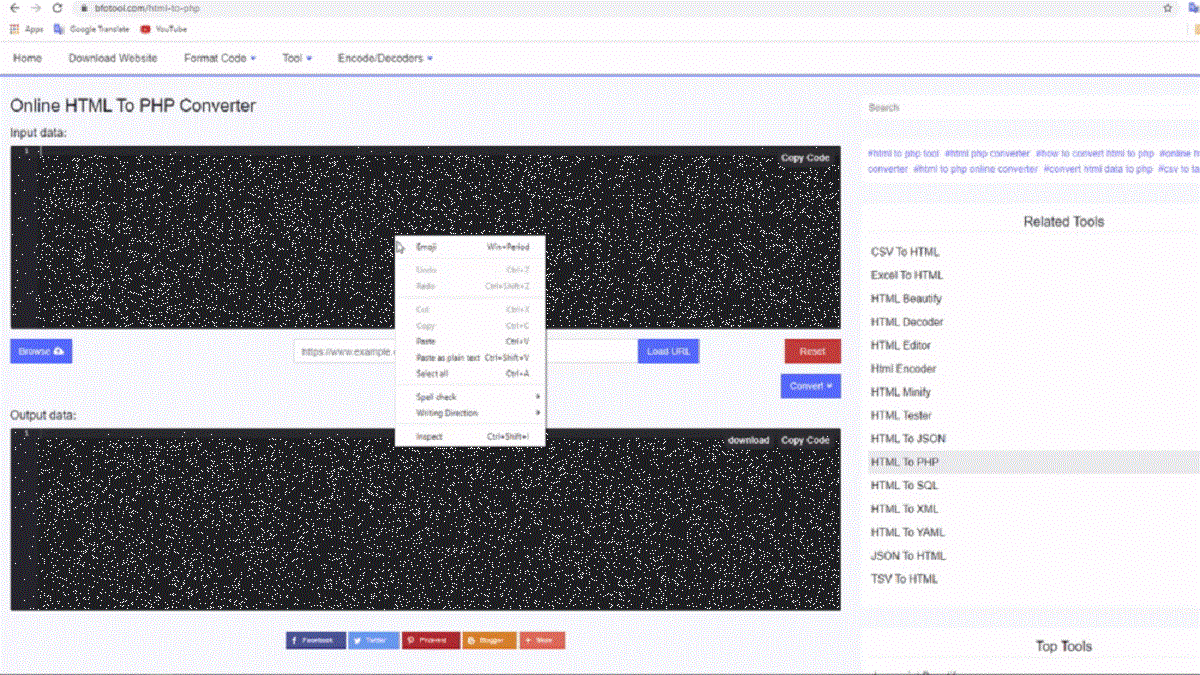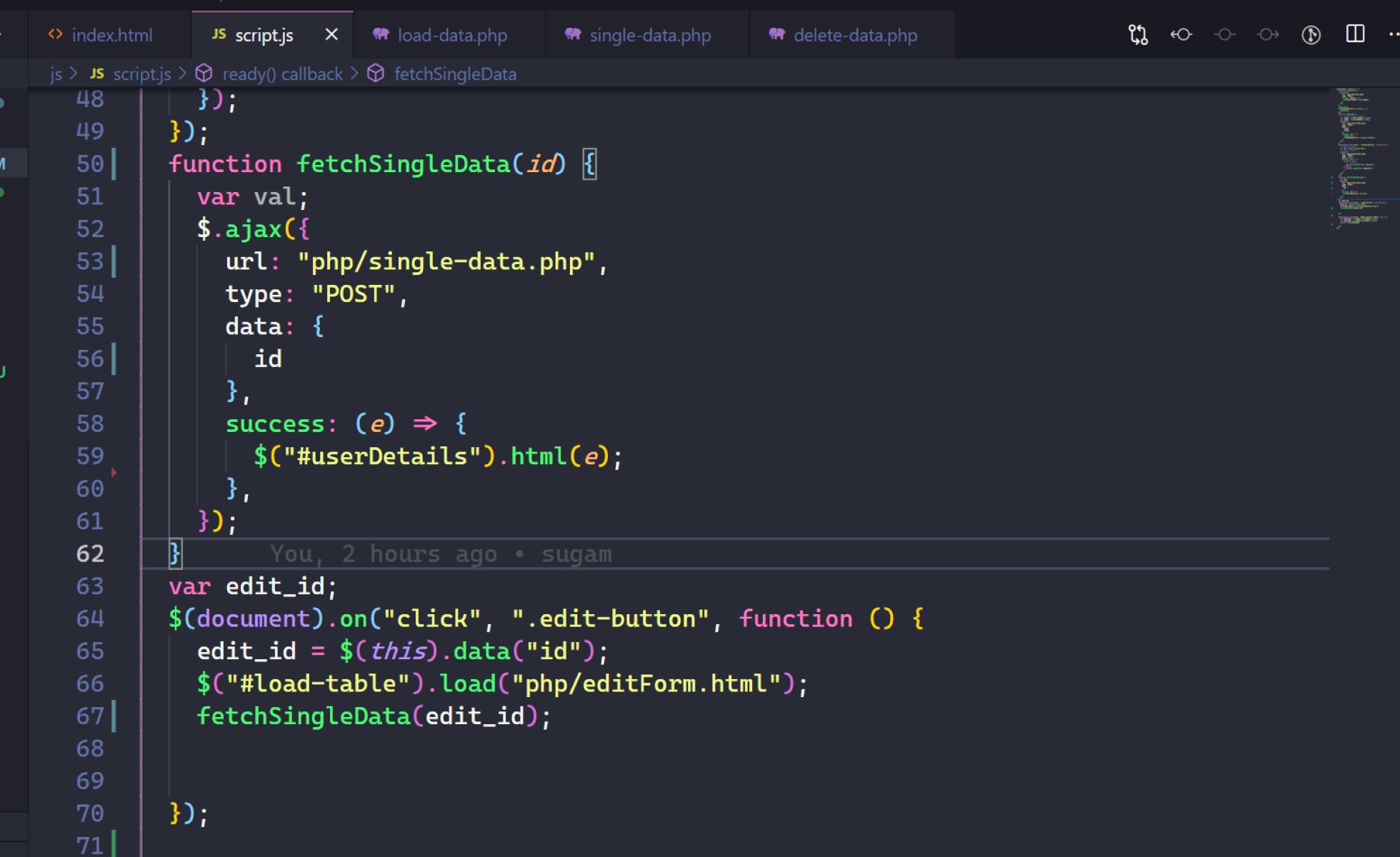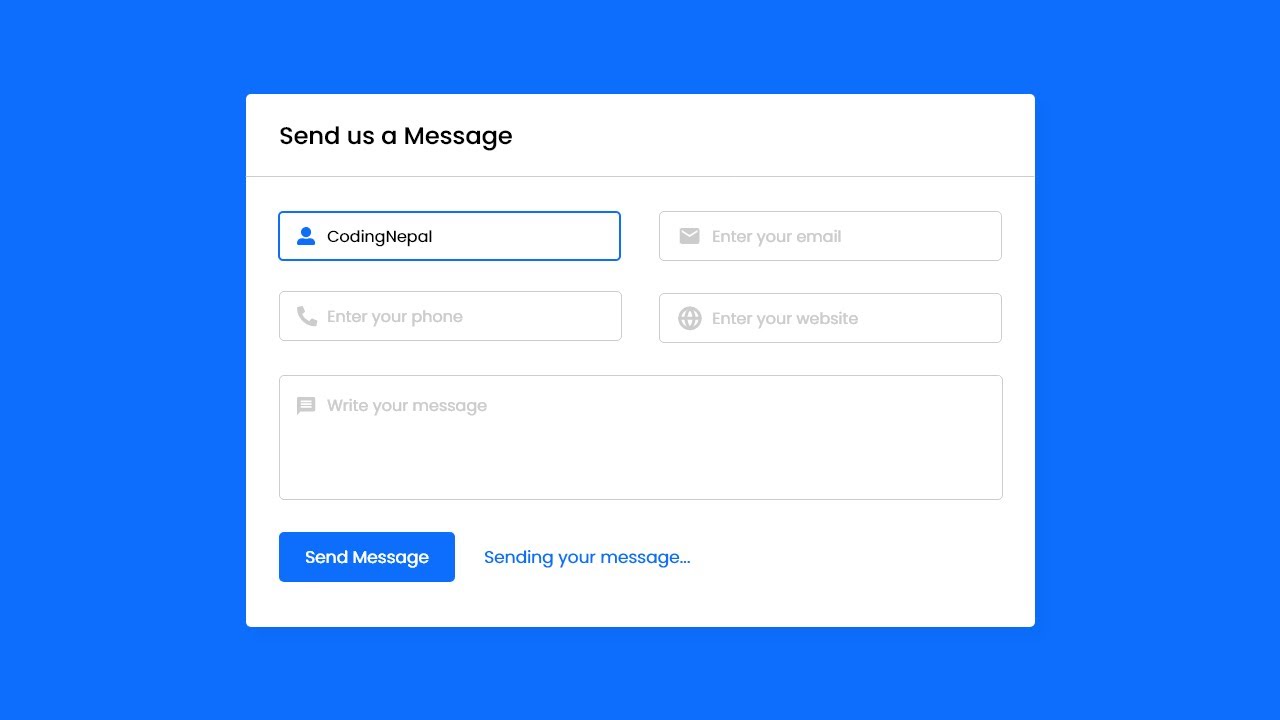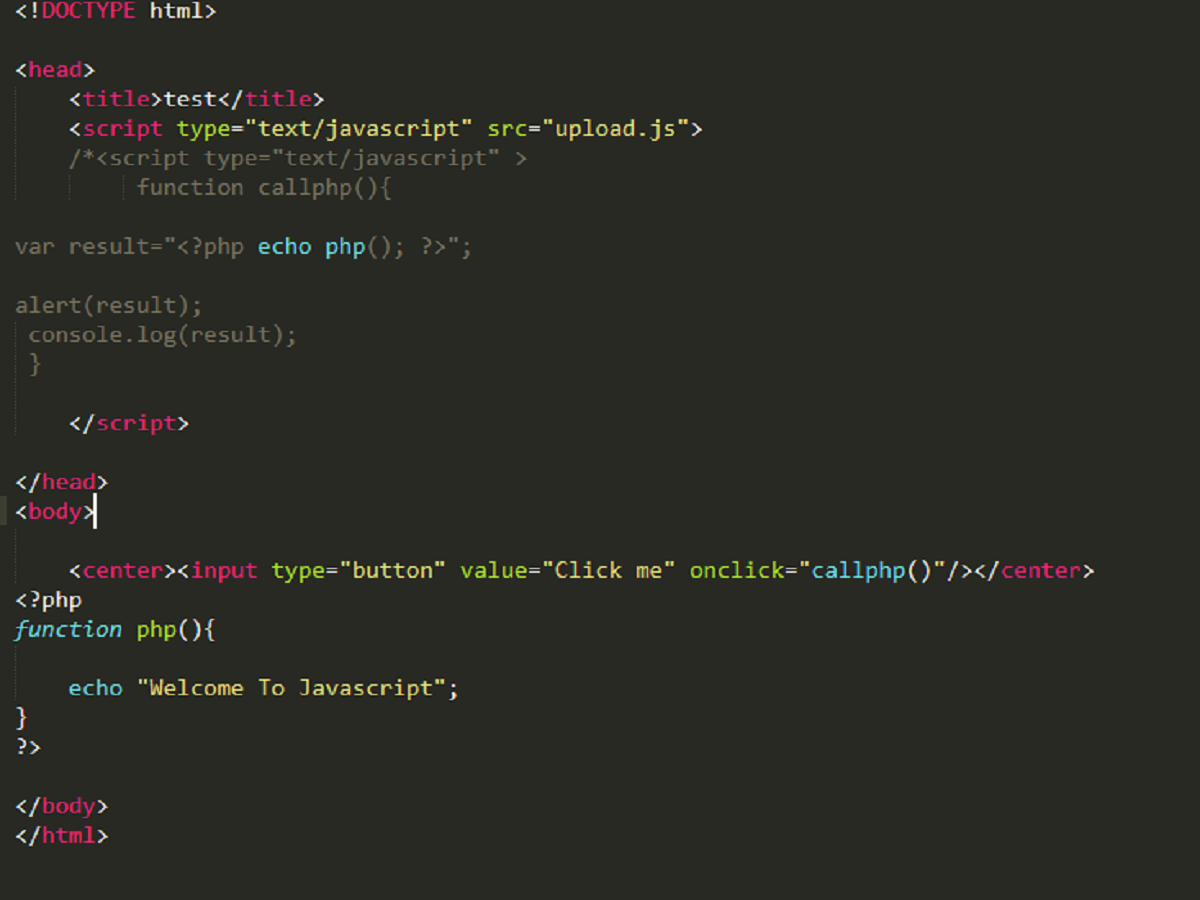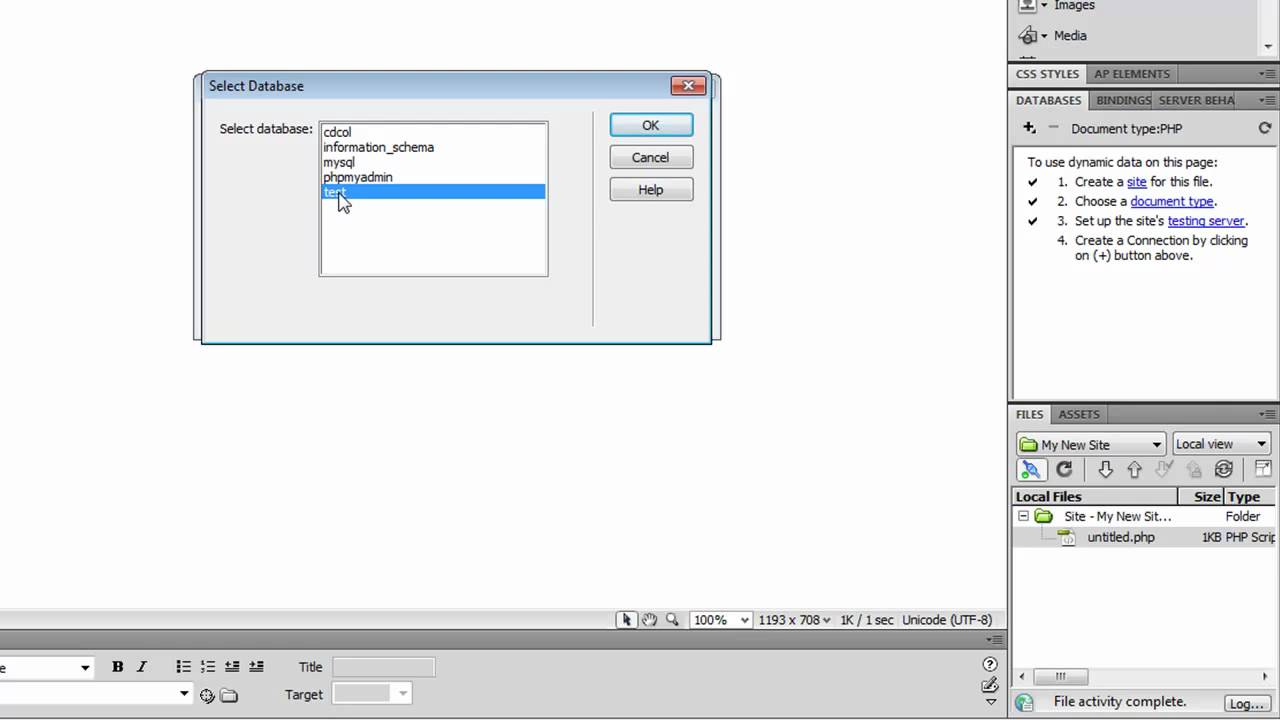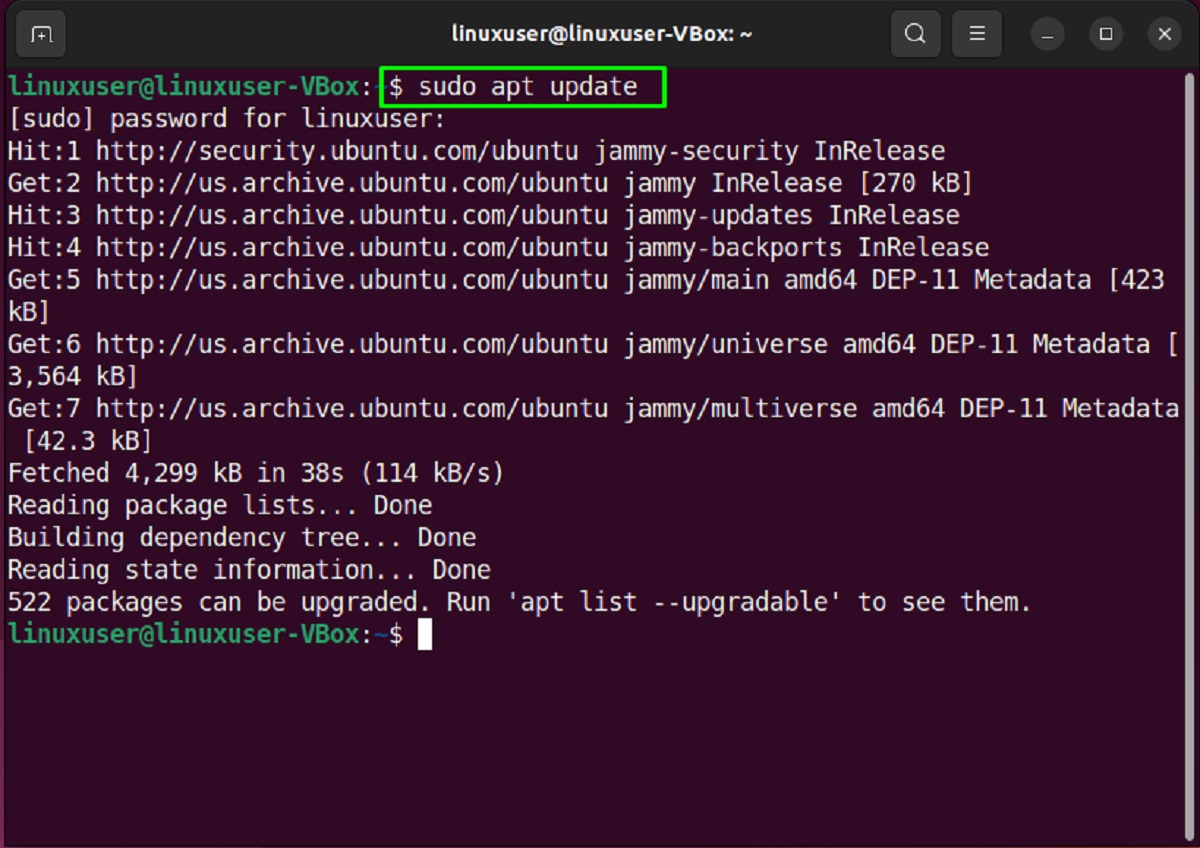Introduction
PHP and HTML are two fundamental technologies used in web development. PHP (Hypertext Preprocessor) is a server-side scripting language while HTML (Hypertext Markup Language) is a markup language used for building the structure of web pages. Both PHP and HTML play important roles in creating dynamic and interactive websites.
In this article, we will explore different methods to call a PHP file within an HTML document. By combining PHP and HTML, you can take advantage of PHP’s powerful functionality to process data and generate dynamic content, while maintaining the structure and presentation of your web pages using HTML.
Whether you’re a beginner or an experienced developer, understanding the various ways to integrate PHP and HTML will expand your toolkit and enable you to create more feature-rich and interactive web applications.
Throughout this article, we will explore three methods to call a PHP file within an HTML document. These methods include using an HTML form, JavaScript, and AJAX. Each method offers its own advantages and is suitable for different scenarios.
Before diving into the specific methods, let’s get a better understanding of both PHP and HTML and their individual roles in web development.
What is PHP?
PHP (Hypertext Preprocessor) is a widely used server-side scripting language that is designed for web development. Originally created by Rasmus Lerdorf in 1994, PHP has evolved over the years and become one of the most popular programming languages for creating dynamic web pages and applications.
One of the key features of PHP is its ability to interact with databases, making it a powerful tool for building data-driven websites. With PHP, developers can connect to databases such as MySQL, PostgreSQL, or Oracle to store and retrieve information.
PHP is known for its simplicity and ease of use, making it an ideal choice for both beginners and experienced developers. Its syntax is similar to C and Perl, which makes it familiar to those with a background in these languages. Additionally, PHP has a large and active community, providing extensive documentation, online forums, and libraries that facilitate rapid development.
PHP is a server-side scripting language, which means that it is executed on the web server rather than the user’s browser. This allows PHP to generate dynamic content and perform server-side tasks, such as processing form data, interacting with databases, and generating HTML code.
Another advantage of PHP is its compatibility with different operating systems and web servers. Whether you are using Windows, Mac, or Linux, PHP can run seamlessly on Apache, Nginx, or Microsoft IIS.
PHP can be embedded directly within HTML code by using tags, making it easy to combine PHP and HTML to create dynamic web pages. This combination of PHP and HTML enables developers to create personalized user experiences, perform complex calculations, and handle user input with ease.
With its versatility, power, and extensive community support, PHP remains a popular choice for web developers seeking to build efficient and dynamic websites.
What is HTML?
HTML (Hypertext Markup Language) is a standard markup language used for creating the structure and content of web pages. Developed by Tim Berners-Lee in the early 1990s, HTML forms the backbone of the World Wide Web and is essential for creating websites that are accessible across different devices and browsers.
HTML uses a set of tags and attributes to define the structure and organization of web content. Tags are enclosed in angle brackets (<>) and typically come in pairs: an opening tag and a closing tag. These tags indicate to the browser how to interpret and display the content.
HTML provides a wide range of elements that allow web developers to define headings, paragraphs, lists, images, links, and many other types of content. By combining these elements, developers can create well-structured and semantically meaningful web pages.
One of the key strengths of HTML is its ability to provide a consistent structure and layout across different web browsers. HTML tags help define the hierarchy of content, such as headings and paragraphs, and organize information in a logical manner. This makes it easier for search engines to understand and index the content.
HTML5, the latest version of HTML, introduced many new elements and attributes that enhance the capabilities of web pages. It includes support for multimedia elements like video and audio, canvas for drawing graphics on the fly, and semantic elements such as header, nav, article, section, and footer, which provide better structure and meaning to web content.
HTML is platform-independent and can be used on any operating system. It is also supported by all major web browsers, making it an ideal choice for creating websites that reach a wide audience.
Although HTML is primarily concerned with defining the structure and content of web pages, it can be combined with other technologies like CSS (Cascading Style Sheets) and JavaScript to enhance the presentation and interactivity of a website. CSS is used to control the styling and layout of web pages, while JavaScript provides functionality, interactivity, and dynamic behavior to web applications.
Overall, HTML is the foundation of the web and serves as the building blocks for creating visually appealing, interactive, and accessible websites.
Combining PHP and HTML
Combining PHP and HTML allows developers to create dynamic and interactive websites. With PHP, you can add functionality and process data on the server-side, while HTML is used for structuring and presenting the content to the user.
The integration of PHP and HTML is seamless and straightforward. PHP code can be embedded directly within HTML using special tags, which are interpreted and executed by the server before the HTML is sent to the user’s browser.
Here is an example of how PHP code can be included in an HTML document:
html
Welcome to our website
Hello, $name! How are you today?
“;
?>
Thank you for visiting our website. Enjoy your stay!
In the example above, PHP code is enclosed within `` tags. The `echo` statement is used to output a string containing the current date, while variables can be embedded within double quotes to concatenate with other strings.
By combining PHP and HTML in this way, you can dynamically generate content, personalize user experiences, retrieve data from databases, process form input, and perform other server-side operations.
In addition to embedding PHP code directly within HTML, you can also include external PHP files using the `include` or `require` statements. This allows you to separate your PHP code into reusable components and enhance the maintainability and scalability of your web applications.
Overall, combining PHP and HTML opens up a vast range of possibilities for creating dynamic and interactive websites. It allows you to take advantage of PHP’s powerful server-side capabilities while leveraging HTML’s flexibility in structuring and presenting web content.
Method 1: Using an HTML Form
One way to call a PHP file within an HTML document is by using an HTML form. HTML forms provide a way for users to input data and interact with the website. When a user submits the form, the data is sent to the server, allowing you to process it using PHP.
To use this method, you will need to create an HTML form in your HTML document and specify the PHP file to be called in the `action` attribute of the form tag. Here’s an example:
html
Contact Us
In the example above, the `action` attribute of the form tag is set to “process.php”. When the user submits the form by clicking the “Submit” button, the data entered in the form fields will be sent to the “process.php” file for further processing.
In the “process.php” file, you can use PHP to retrieve and handle the submitted data. For example, you can access the form fields using the `$_POST` superglobal variable and perform validation or database operations as needed.
Using an HTML form to call a PHP file is a straightforward and commonly used method, especially for scenarios where user input needs to be processed and stored. It allows you to separate the form presentation and functionality, making your code more modular and maintainable.
Remember to validate and sanitize user input to ensure the security and integrity of your application before processing the data in the PHP file. This will help safeguard against potential vulnerabilities such as SQL injection or cross-site scripting (XSS) attacks.
Method 2: Using JavaScript
Another method to call a PHP file within an HTML document is by using JavaScript. JavaScript is a widely used scripting language that runs on the client-side within the user’s browser. With JavaScript, you can interact with HTML elements and perform actions based on user events, such as button clicks or form submissions.
To use this method, you will need to add JavaScript code to your HTML document to make an asynchronous request to the PHP file. This can be achieved using the XMLHttpRequest object or the newer fetch API. Here’s an example:
html
Call PHP File Using JavaScript
In the example above, the JavaScript function `callPHP()` is triggered when the user clicks the button. This function creates an XMLHttpRequest object and sends a request to the “api.php” file. When the response is received, the content is displayed in the `
In the PHP file, you can perform any necessary server-side operations and return a response to the JavaScript code. This response can be in various formats, such as HTML, JSON, or XML, depending on the requirements of your application.
Using JavaScript to call a PHP file allows for enhanced interactivity and dynamic behavior in your web application. However, keep in mind that when using this method, the JavaScript code is executed on the client-side, which means it requires the user’s browser to have JavaScript enabled.
Additionally, be mindful of potential security risks when executing PHP code based on user input sent through JavaScript. It’s essential to properly validate and sanitize any data received to prevent vulnerabilities such as cross-site scripting (XSS) attacks.
Method 3: Using AJAX
AJAX (Asynchronous JavaScript and XML) is a technique that allows for the asynchronous exchange of data between the client-side and server-side without the need to reload the entire web page. It combines JavaScript, XML (or JSON), and asynchronous communication to create dynamic and interactive web applications.
To call a PHP file within an HTML document using AJAX, you can leverage JavaScript libraries like jQuery, which simplify the process of making AJAX requests. Here’s an example:
html
Call PHP File Using AJAX
In the example above, we are using jQuery to simplify the AJAX request. When the user clicks the button, the JavaScript code sends a GET request to the “api.php” file. Upon receiving a successful response, the content is added to the `
Just like with the JavaScript method, you can perform any necessary server-side operations in the PHP file and return a response. The response can be in various formats, such as HTML or JSON, depending on your application’s requirements.
Using AJAX to call a PHP file allows for real-time data exchange and seamless user experiences. It enables parts of a web page to be updated dynamically without reloading the entire page, resulting in a more responsive and interactive interface for users.
Remember to handle any errors or failures that may occur during the AJAX request, and implement proper validation and security measures when processing user input on the server-side.
Conclusion
In this article, we explored three methods to call a PHP file within an HTML document: using an HTML form, JavaScript, and AJAX. Each method offers its own advantages and is suitable for different scenarios.
By combining PHP and HTML, you can create dynamic and interactive websites that can process data, generate dynamic content, and provide personalized user experiences. PHP allows you to handle server-side operations, while HTML provides the structure and presentation of the web pages.
Using an HTML form is a straightforward method to call a PHP file. It allows for user input and provides a simple way to send data to the server for processing. You can use PHP to retrieve and handle the submitted data, perform validation, and interact with databases.
JavaScript offers another method to call a PHP file, providing enhanced interactivity on the client-side. JavaScript code can be triggered based on user events, such as button clicks or form submissions, and can make asynchronous requests to the PHP file for processing. This method allows for more dynamic and interactive web applications.
AJAX, using JavaScript libraries like jQuery, allows for real-time data exchange between the client-side and server-side, enabling seamless updates to parts of the web page without reloading the entire page. This provides a more responsive and interactive user experience.
When combining PHP and HTML, it is important to consider security measures such as validating and sanitizing user input to prevent vulnerabilities like SQL injection or cross-site scripting (XSS) attacks.
Ultimately, by leveraging the power of PHP and the flexibility of HTML, you can create engaging and feature-rich websites that provide a dynamic and personalized experience for your users.







